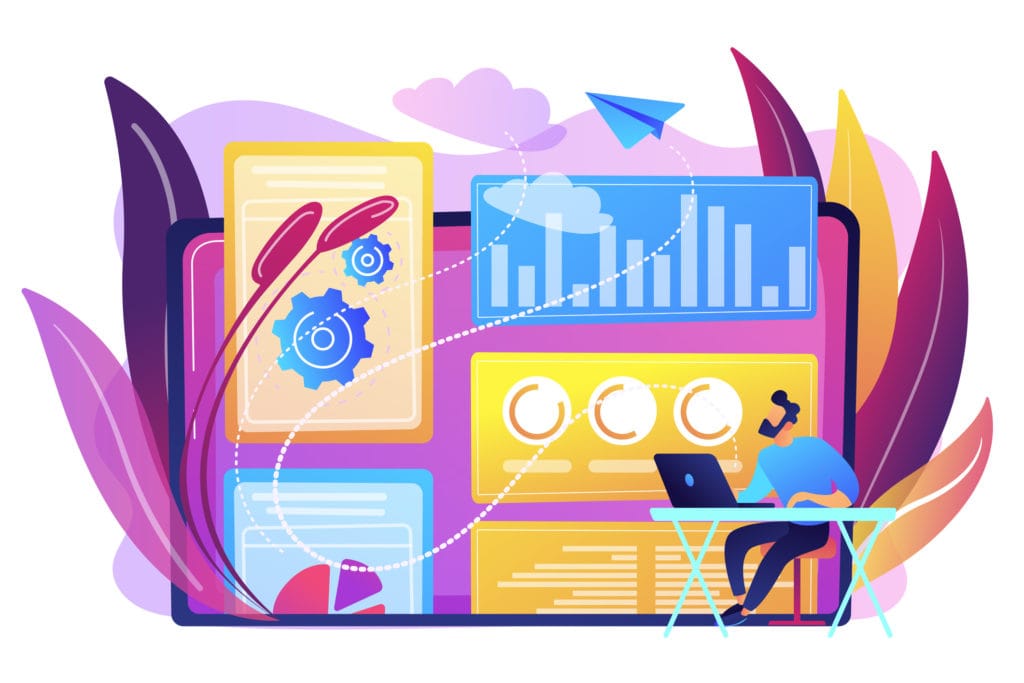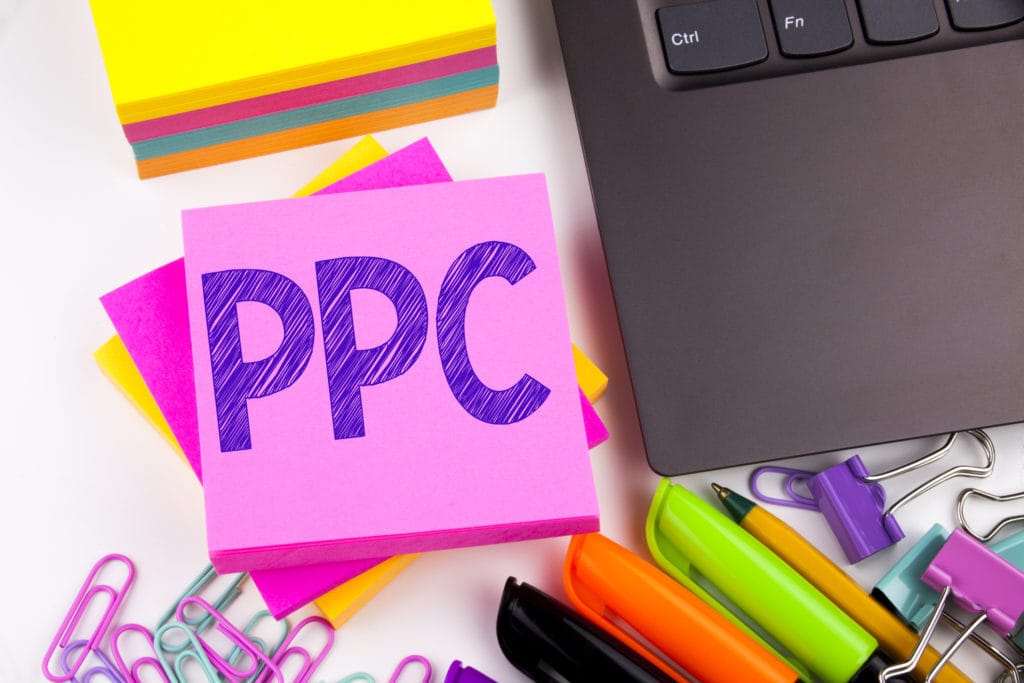Digital Marketing
Explore our library of digital marketing articles and discover the digital marketing tips you need to boost your digital visibility.
7 Marketing Ideas to Grow Your Business in 2020
Effective marketing ideas to grow your business include leveraging social media for brand awareness and customer engagement. Creating valuable, SEO-optimized content establishes your expertise and improves online visibility. Email marketing, with personalized messages, nurtures leads. Collaborations with influencers can expand your reach. Offering promotions and loyalty programs encourages repeat business. Utilizing customer feedback for improvement…
The California Consumer Privacy Act – What You Need to Know
The California Consumer Privacy Act, or CCPA, went into effect on January 1, 2020. The law creates new consumer rights regarding access to, deletion of, and sharing of personal information that businesses collect. The law also requires the Attorney General to solicit broad public participation and adopt regulations to further the CCPA’s purposes. The regulations…
Are Micro Niche Websites a Good Idea?
Micro niche websites – or those that cover a small topic in only a few pages – still remain fairly popular online today. Why? Because when executed correctly, you can turn them into money-making websites pretty quickly. However, as Google seeks to provide its users with high-quality results, it can be harder to get those…
How to Boost Your Email Marketing Results
Email marketing is one of the most effective marketing channels available to business owners. That being said, email marketing success is not guaranteed. There are a number of key factors that contribute to email marketing results. This includes everything from the content of your email to the way you format it. In this article, we…
The Evolution of Digital Marketing
The evolution of digital marketing spans far and wide, from basic banner ads to sophisticated, data-driven strategies. The rise of social media platforms introduced new channels for engagement. Search engine optimization (SEO) and pay-per-click (PPC) advertising became vital for online visibility. The advent of mobile marketing and influencer collaborations further diversified the landscape. Today’s digital…
6 Marketing Attribution Models That Help You Understand Conversions
Six marketing attribution models help you understand conversions. Various marketing attribution models assist in understanding conversion drivers. Last-click attribution credits the final touchpoint, while first-click highlights the initial engagement. Linear models distribute credit evenly across all touchpoints, and time-decay gives more credit to recent interactions. Advanced models like data-driven attribution use machine learning to allocate…
PPC Trends to Watch for in 2020
There are several PPC trends to watch for in 2020. PPC trends focus on automation and machine learning for improved ad performance and efficiency. Voice search optimization becomes crucial as voice-activated device usage rises. Audience targeting is refined, prioritizing user intent over keywords. Video ads gain prominence across platforms. Visual search evolves, offering new advertising…
Holiday E-Commerce Tips: How to Prepare Your Site for Shopping Season
There are several holiday e-commerce tips to consider this year. Successful holiday e-commerce strategies involve optimizing a website for mobile users, creating holiday-themed content, and offering special promotions. Implementing a robust email marketing campaign to highlight deals and gift ideas is crucial. Enhancing customer service with chat support and clear shipping policies can improve the…
How to Create a Style Guide for Your Brand
Creating a style guide for your brand is essential to ensuring a smooth, deliberate, clear, and intentional message in your marketing and brand representation. Knowing how to create a style guide for your brand is a valuable skill—one you can use as an entrepreneur or in service of a corporation of any size. A successful…
How Blockchain is Changing Digital Marketing
Blockchain is changing digital marketing by enhancing transparency and security in transactions. It enables more reliable customer verification, preventing fraud in advertising. Blockchain facilitates decentralized data management, giving users more control over their personal information. This shift could lead to more honest and efficient marketing practices, with potential for innovations in customer loyalty programs and…
AI and Marketing: What You Need to Know
Have you taken the time to think about how artificial intelligence (AI) will impact your marketing? Are you looking for AI tools you can use right now? Are you wondering why you should even bother paying attention to AI? Why Marketers Must Pay Attention to AI AI Affects Daily Life Experts predict AI will have…
Chase to Use AI for Marketing Content Creation
Chase to Use AI for Marketing Content Creation. JPMorgan Chase embraced AI for its marketing content creation, partnering with AI firms to generate compelling copy. This strategy aims to increase efficiency and effectiveness in ad copywriting. AI algorithms analyze data to produce optimized headlines and ad content, potentially revolutionizing traditional marketing approaches by combining creativity…
Google Launches New Small Business Portal
Recently in conjunction with International Small Business Day, Google launched a new website that will suggest its products that seem like a good fit for specific businesses. The Google for Small Business portal was announced at the Grow with Google Learning Center in New York city where the company hosts a number of classes and…
Google My Business Adds More Branding Tools
In terms of local SEO, Google My Business has always been an important and valuable tool. The platform launched in 2014 and continues to grow in importance for both businesses and consumers. Having a verified, complete, and accurate profile is critical to SEO. Google My Business is evolving to include transactions and engagement between businesses…
How to Use Quora for Marketing
The internet is full of useful, educational, and entertaining places to spend time. Many of these places are important for brands and businesses to connect with their audience. An often-overlooked platform for making those connections is Quora. Learn how to use it for marketing to increase brand awareness and authority. What is Quora? Quora is…
How One Campaign Changed Burger King’s Marketing Outlook
The Whopper Detour marketing campaign changed Burger King’s Marketing outlook forever. A notable Burger King campaign, likely emphasizing creativity and customer engagement, led to a strategic shift in its marketing. By embracing innovative, often unconventional approaches, the campaign could have demonstrated the effectiveness of viral marketing, social media engagement, and customer-centric promotions, influencing the brand’s…
How to Develop an Omni-Channel Retail Strategy
If you’re in retail and don’t have an omni-channel strategy yet, you’re missing out on a lot of potential review. A recent report shows that out of 46,000 shoppers, 73% used multiple channels to make a purchase. Only 7% shopped exclusively online, and 20% shopped exclusively in store. If you were looking for proof that…
10 Reasons Local Businesses Need Great Websites
As a local business owner, you may think your storefront, word-of-mouth, and local advertising is all you need to succeed. This is incredibly short-sighted; your business’s online presence is just as important. In the past, people doing a Google search for a product would be presented with a 10-pack listing of local businesses offering what…
6 Ways to Make the Best of GMB Posts
Google has been announcing (and re-announcing) the decline and ultimate demise of the Google Plus platform for quite some time. With the disappearance of the platform looking like it will actually happen later this year, some business owners are focused on what to do next. Many were still using the partially-defunct social platform for marketing…
Did Google Alter Your Adwords Campaign? Here’s Why
In late January, AdWords advertisers received a startling email from Google. The headline in the email was, “We’ll focus on your campaigns, so you can focus on your business.” Advertisers reading the emails flew into a tizzy, interpreting the email as saying Google would be taking over all campaign management. Let’s take a look at…
6 Special Digital Marketing Challenges for Healthcare Facilities
Several digital marketing challenges for healthcare facilities need addressing. Healthcare facilities face unique digital marketing challenges, including compliance with HIPAA and other privacy regulations, communicating complex medical information clearly, and maintaining a balance between professionalism and approachability. Building trust through patient testimonials and educational content, while ensuring data security and privacy, is crucial. Adapting to…
What is Voice Search and How Can You Take Advantage of It in 2019?
Does voice search feel a little bit strange to you? Unless you’re already deeply involved with big data and search, that’s to be expected. We’re living in an era where people tend to forego answering the phone and favor text messages instead. The idea of using voice feels like taking a step backward. But there’s…

































